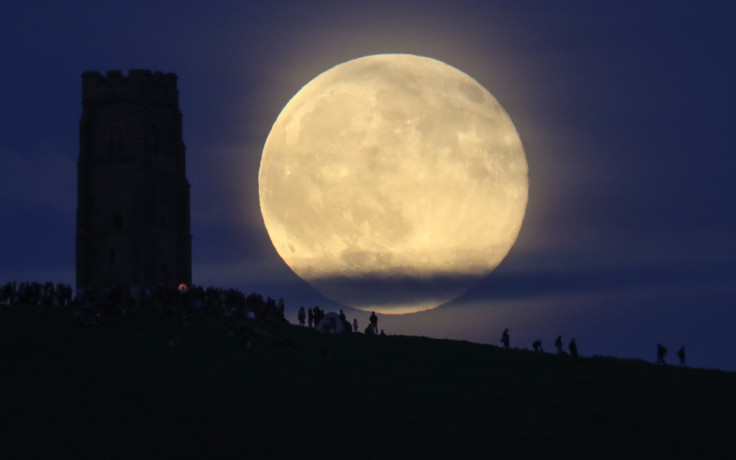Full Moon June 2017: When And How To See The Strawberry Moon

Once a month, or about every 30 days, a full moon appears in the sky. For the month of June, Thursday evening and early Friday morning will be your best bet to see the full mini-Strawberry Moon. But don’t let the name fool you, the moon won’t appear pink or misshapen in the sky. Rather, the name derives from the time of year when strawberries ripen and are ready for harvest.
The full Strawberry Moon is also sometimes called the “Honey Moon” or the “Rose Moon” in Europe. The full moon will be the smallest full moon of the year, which is what earned the moon the “mini” title as well. The minimoon occurs once a year when the moon is at its furthest point in its orbit from the Earth. It’s the opposite of the supermoon, which we see when the moon is at the point in its orbit during that is closest to Earth.
Read: June Planet Watching: You Can See These 3 Planets Clearly With No Telescope This Month
The moon will also be the lowest full moon of the year, so while it’s hanging low in the sky it may also appear to have a slight golden color to it. When it reaches its highest point on Friday morning, it will still only be a third of the way up in the sky. This means it will have more atmosphere between it and Earth than usual when the moon’s overhead, which is what causes it to have a slight gold color, the Old Farmer’s Almanac says.
The moon will be fullest during daylight Friday, which is why the best time to see it will be the early morning hours after midnight. Even though it won’t be as high in the sky as usual, you should still be able to see it with little trouble unless there is significant cloud cover.
There will be a live stream of the full moon via telescope from Slooh. If you want to take a look at the moon without venturing outside, or if the weather isn’t great for sky watching you can check out this live stream:
During the month of June, there are several spectacles in the sky. Some planets are visible without the aid of a telescope. So if you’re planning on looking up at the moon, notice the bright-looking object close to the moon. That’s actually Saturn. It’s not as bright as other planets, but it actually has a bit of a golden glow, which makes it difficult to identify sometimes.
Venus and Jupiter also will be making appearances in the night sky this month. You can check the times they’ll be rising, setting and their locations through the night online at the Farmer’s Almanac or with this tool from the Navy.
© Copyright IBTimes 2024. All rights reserved.





















